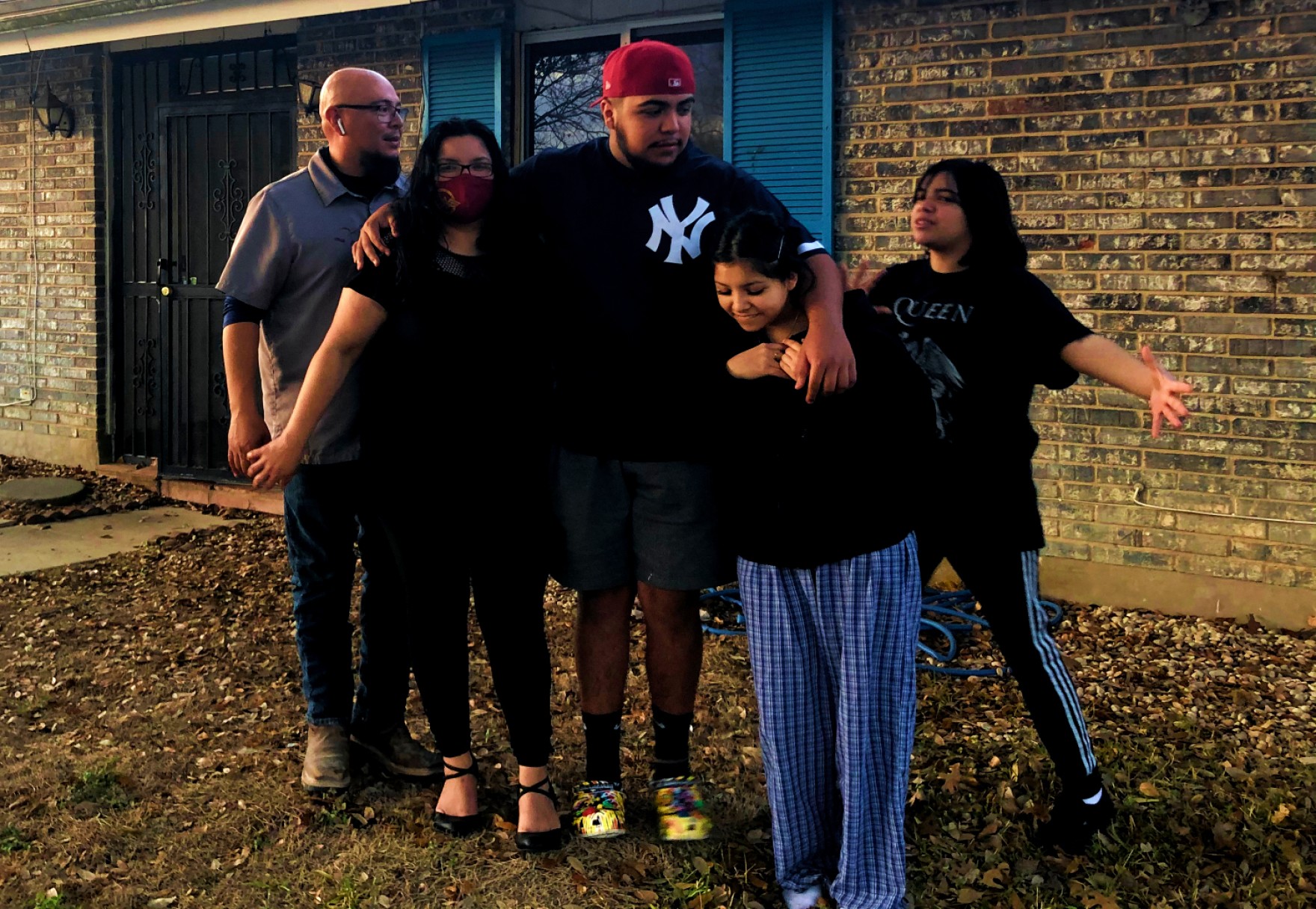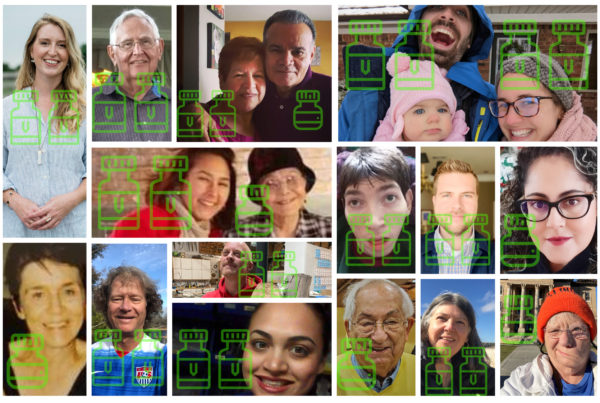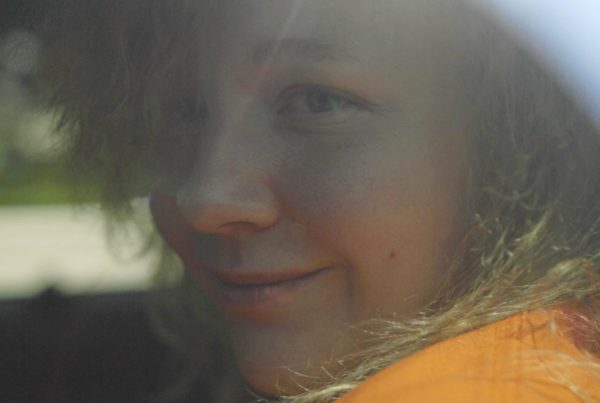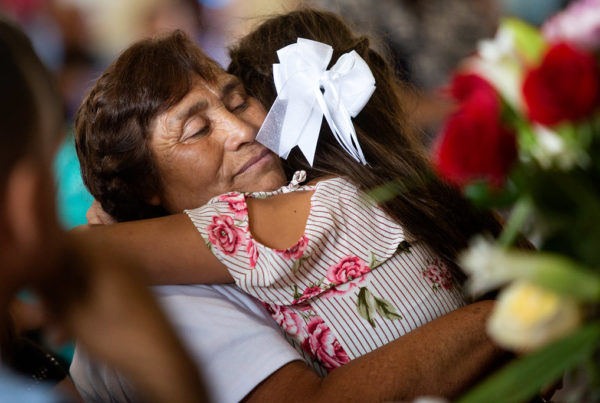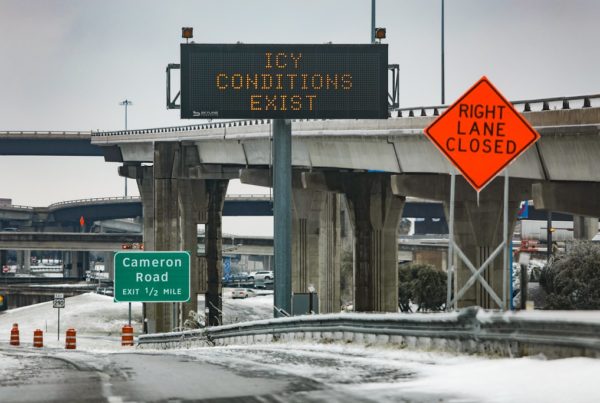“It’s just relaxing to me. Like music on, windows down. Just driving, cruising anywhere. Like, if you ask me to go anywhere I’ll just go anywhere I need to go,” said Jesse, who recently turned 18.
He and his two younger sisters, Jessette and Jesseña, have been in virtual learning since the start of the pandemic. Standing in the front yard of their house on the near North East Side of San Antonio, the teenagers describe the long months of online school as both boring and frustrating.
The stress and strain of living through a pandemic — while learning virtually for an entire year — has hurt the attendance records of many Texas students, including the Yebra siblings’.
Districts have ironed out some of the problems with access to technology identified early last year, but some of the challenges of learning from home aren’t easy to solve. Still, despite the Yebra family’s struggles with virtual learning, they’re not ready to go back to the classroom.
Zoom Attendance
“I feel like in person’s better for me. I went for a week still in-person because I had testing to do and I liked it,” Jesse said. “But the whole, like, Zoom stuff — I’m not real comfortable with that. So that’s why my attendance isn’t as great. But my grades are good.”
Jesse and his younger sisters do their assignments, but they’re not always on Zoom. And that’s the main way their district counts attendance.
The Yebras find it difficult to keep track of all their passwords and Zoom links — and what link to use when.
“If you’re not on (and) if you like, don’t do certain things, then they’ll count you absent the whole day,” said Jessette. She’s 15 and in 9th grade.
“I do as much percent as I can. Like, if there’s a bunch of links, I’ll do all of them. But if I don’t know them, then I’ll try my best. But sometimes it’s hard to do it.”
Jessette and her younger sister Jesseña are also self-conscious about being on video on Zoom. They’ve never met any of their teachers or classmates because they’re in a new school.
“I get so nervous when I join,” said Jesseña, who’s 13 and in 8th grade. “Because they want me to talk and I don’t know anybody.”
Jessette’s half-grown cat, Prince Valiant, pounces on leaves in their front yard at our feet while we talk. He’s their pandemic pet — a bright spot in a challenging year.


